School Shootings: A Geostatistical Analysis
Valeria Monserrat Lopez Robles
MASDS, 2024
PAIK SCHOENBERG, FREDERIC ROLAND
This study presents a novel analysis of K-12 school shootings in the continental United States by examining both the geographic distribution and socio-economic factors that may influence these incidents. Unlike previous studies that have primarily focused on temporal patterns or general causal links, this research employs advanced geostatistical methods, such as kernel smoothing and spatial point process functions (F, G, K, and J), to uncover regional clusters and spatial dependencies of school shootings across the country. This work determined that school shootings are not evenly distributed, and clustering is observed on the coasts and in urban areas. By integrating factors such as mental health statistics, gun ownership data, income levels, and homicide rates, the study provides new insights into the complex interplay of factors contributing to these tragic events. While socioeconomic factors, particularly homicide rates, were associated with school shootings, they did not fully explain the frequency of these incidents. The study also explored the role of guns per capita. The analysis revealed that there was no direct correlation between high gun ownership rates and school shootings, as seen in Wyoming. These findings challenge existing assumptions and highlight the need for a multifaceted approach. This approach should consider geographic, demographic, and socio-economic influences in order to develop more targeted and effective interventions to address this pressing issue.
2024

